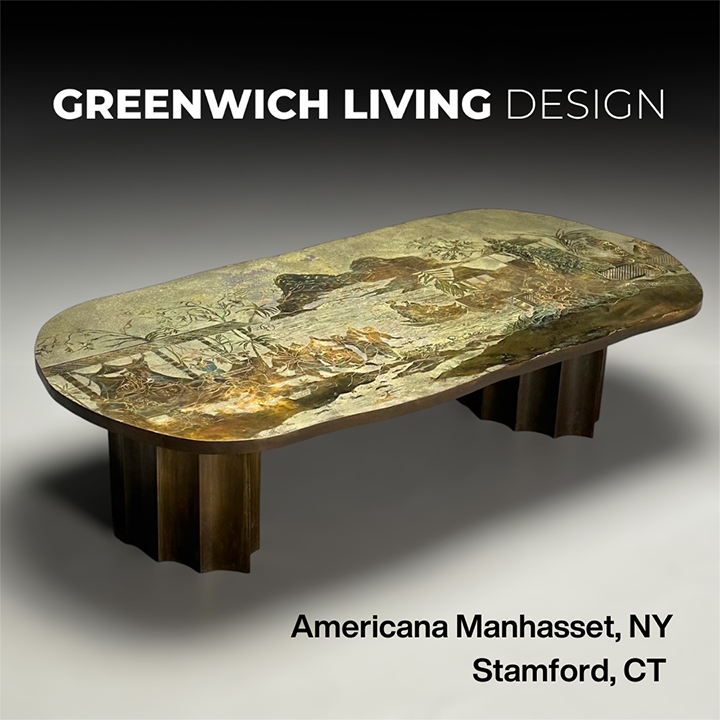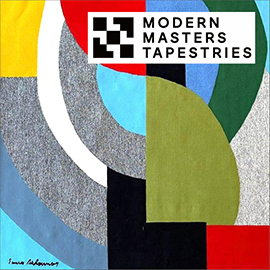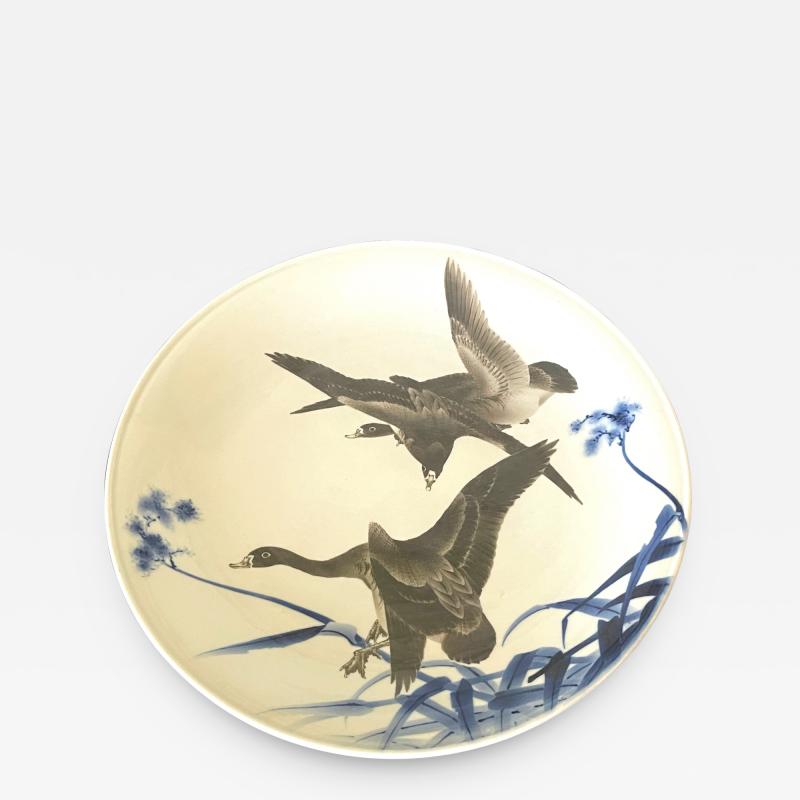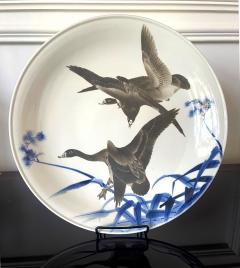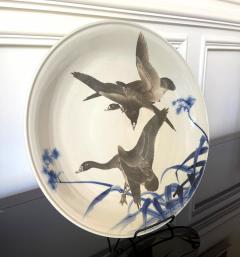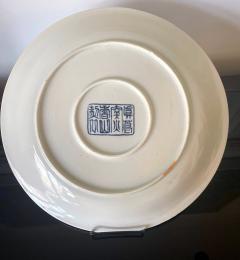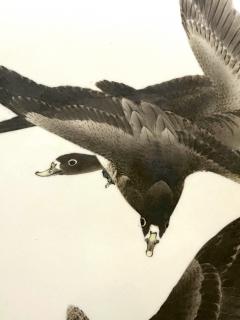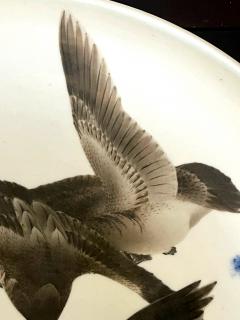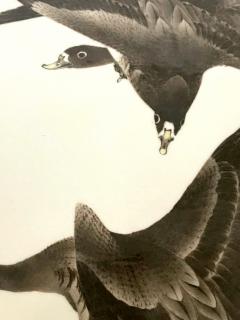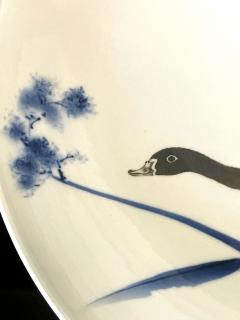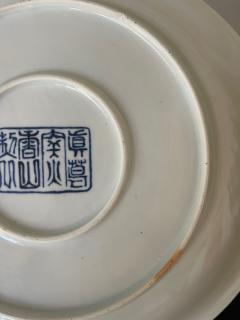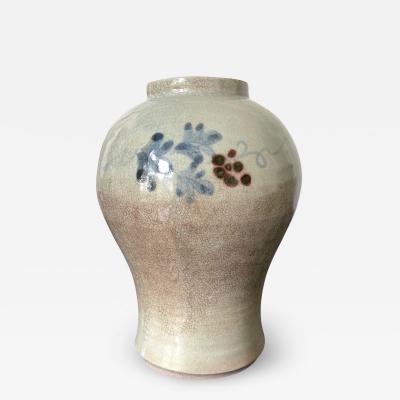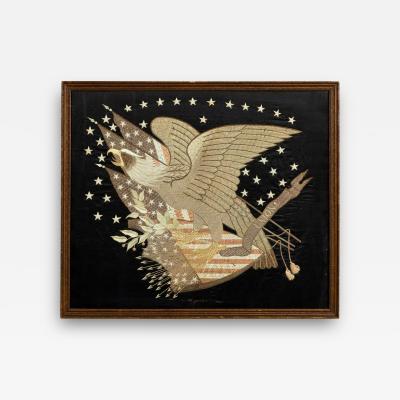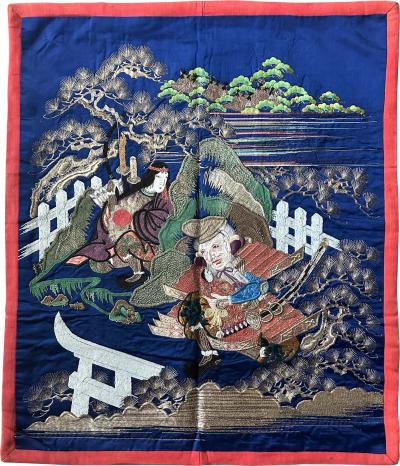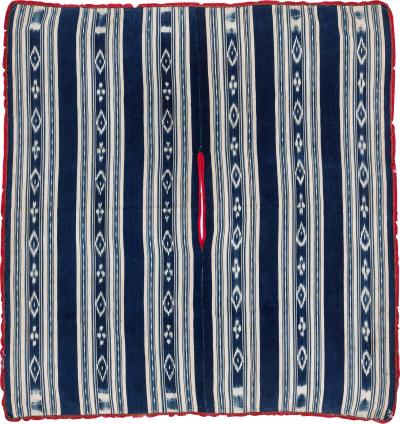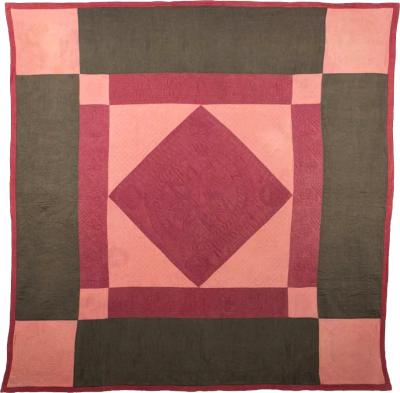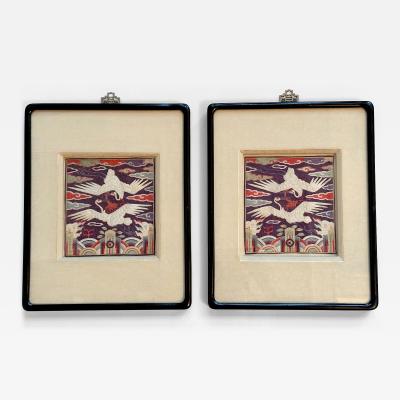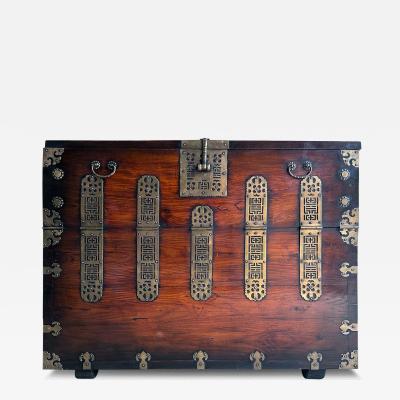Rare Large Japanese Porcelain Presentation Plate Makuzu Kozan
-
Description
A large presentation plate with striking pictorial design from the studio of Japanese Potter Makuzu Kozan. Also known as Miyagawa Kozan (1842–1916), Makuzu was one of the most established ceramists from Meiji Period. Born as Miyagawa Toranosuke, Kozan established his pottery studio in Yokohama around 1870s and later became one of the appointed artists to the Japanese Imperial household. His work was exhibited in many international fairs that the Meiji government participated at the turn of the century and won many grand prizes.
With an impressively size of 15 inch in diameter, this plate was likely made as a presentation piece for one of the expositions the studio participated in the early 20th century (This is also indicated by the signature on the bottom, see later). The surface was decorated with underglaze cobalt blue and a variety of shades in iron brown, using the novel technique developed by Kozan called Fuki-e (the blow painting) to achieve the striking dimensional effect. Being one of the most creative ceramists, Kozan started experimenting with new chemical colors from the West in the format of his porcelain glaze around 1880s. New colors allowed him to create underglaze designs that appeared bright, smooth and glossy. He even invented his own receipt of cobalt blue to achieve a much brighter yet softer shade, as evident on the grasses depicted on this vase. The fuki-e technique was demanding and uniquely featured in the works of Kozan studio.
Showcasing a striking composition of three flying geese in vivid motion, the artist rendered each bird with a unique composure yet together they form a harmonious and graphic-like picture. Beneath them, the tall grasses in blue glaze swayed in the wind. The fuzzy fibers on the tip of the stalks and the subtle serrated edges, undoubtfully suggest the season of fall, the time for the birds' southern-bound migration. The masterful use of the shades of the same color is breathtaking, as if the artist was painting on canvas instead of ceramic. The painterly quality, clearly at its zenith, and the ambience it evokes, call to mind the work of Ohara Hoson (1877-1945), a contemporary Japanese painter and woodprint designer who was part of the Shin-Hanga movement. It was not unusual during that exciting period when new ideas and techniques were exploding in the society, the artists who gained vision from Western Art, inspired each other's work, albert on totally different medium. The plate was signed underneath in an artist's archaic style seal, the specific detail of which help to date it to Meiji 37th to Taisho 5th (1904-1916). Works with these types of archaic seals were believed made mostly for oversea exhibitions during 1900-1920s and they were the best examples of Kozan's studio work that bridged the East and the West.
For a group of large exhibition pieces by Makuzu Kozan bearing the same seal in the Khalili Collection, see Oliver Impey et al., The Nasser D. Khalili Collection, vol.5, Ceramics, part I: Porcelain, London, Kibo Foundation, 1995, cat nos. 35-45. -
More Information
Documentation: Signed Origin: Japan Period: 1900-1919 Materials: ceramic Condition: Good. Fine antique condition with a spot on the base not covered by the glaze, which appears to occur during the making process. A small chip on the inner edge of the base ring as shown. Creation Date: 1904-1916 Styles / Movements: Bespoke, Asian, Traditional Patterns: Animal/Insects, Asian/Oriental, Handmade Incollect Reference #: 633961 -
Dimensions
H. 2.1 in; Diam. 15 in; H. 5.33 cm; Diam. 38.1 cm;
Message from Seller:
Tishu, based in Atlanta, GA, offers a diverse collection ranging from Neolithic art to 20th-century collectibles, with a focus on Mid-century design, Japanese and Korean art, Asian textiles, and Contemporary Aboriginal art. Driven by a passion for timeless beauty, the gallery is open by appointment only and offers works that span 5,000 years of history. Reach them at 305-400-0561 or tishu@tishugallery.com.




